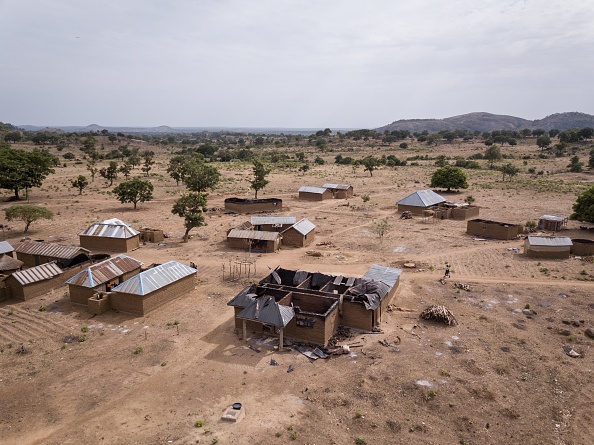
A major indicator of impactful development is seen when rural communities begin to feel the positive effects of government policies.
A major indicator of impactful development is seen when rural communities begin to feel the positive effects of government policies.
In Africa, a large portion of the continent’s population – about 80% reside in rural areas but unfortunately, such areas are completely cut off from enjoying major developmental projects due to poor government decisions.
This directly leads to an influx of challenges faced in rural areas, such as insecurity, poor road networks, inadequate infrastructure, limited access to healthcare systems, and a very low level of economic activity.
Top 10 African countries with the largest rural population
This table sourced from the Global Economy tracks the rural population in 53 African countries using available data from 1960 – 2023. Below are the top 10 African countries with the largest rural population:
| Rank | Country | Rural Population % |
|---|---|---|
|
1 |
Burundi |
85 |
|
2 |
Niger |
83 |
|
3 |
Rwanda |
82 |
|
4 |
Malawi |
82 |
|
5 |
Ethiopia |
77 |
|
6 |
Chad |
76 |
|
7 |
Swaziland |
75 |
|
8 |
Uganda |
73 |
|
9 |
Kenya |
70 |
|
10 |
Comoros |
70 |
From the chart, the highest rural population was in Burundi (85.22%) and the lowest was in Gabon at 8.97% while Nigeria’s rural population was recorded at 45.72%.
Although the rural areas boasts of the largest human population, ironically, it lacks the basic amenities needed for human survival and there is a strong need for the government to focus on creating policies to follow up with development of these regions as a means to stem the growing rural-urban migration.
The urge to improve one’s general lifestyle has gradually led to a dearth of activities in these rural areas as residents seek greener pastures by migrating to larger cities. This signals a great future challenge for developing and underdeveloped countries as the rate of rural-urban migration has far outpaced the rate of job creation.
With infrastructural facilities in the urban areas becoming overstretched, there is a need to implement the newly granted financial autonomy for the Local government which is currently saddled with the powers to bring development to the rural areas.










